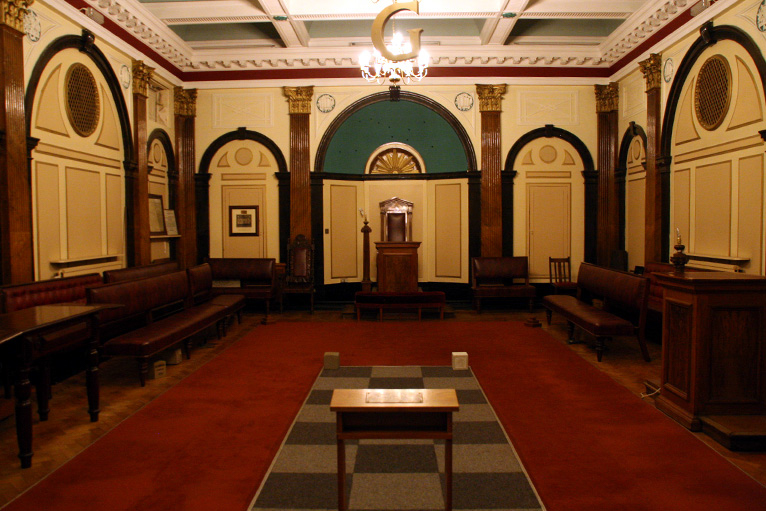Several of my ancestors were Freemasons, and thus members of the world’s largest secret society.
A brief history
Freemasons evolved from the guilds of stonemasons and cathedral builders of the Middle Ages. These guilds were associations of craftsmen who maintained and shared the technical skills of building, along with a set of moral and ethical teachings. They used secret words and symbols to recognise each other’s legitimacy, and so protect their work from outsiders.
By the late 16th century, these lodges began admitting members who were not stonemasons, thus evolving into what we now call Freemasonry.
Throughout the 18th century, Freemasonry flourished in the UK, attracting members from various strata of society, including the aristocracy, intellectuals, and prominent public figures. Freemasonry’s emphasis on enlightenment values such as reason, progress, and fraternity resonated with the intellectual currents of the time. Lodges became venues for the exchange of ideas and discussions on politics, science, and philosophy, contributing to the broader intellectual culture of the period.

Organisation and entry
The basic organisational unit of Freemasonry is the Lodge. The local lodges within a particular country or area are governed by a Grand Lodge – the Grand Lodge of England was the world’s first Grand Lodge when it formed in 1717. Its establishment provided a structure for governance, the standardisation of rituals, and a framework for the growth of the movement both within the UK and internationally.
In most lodges, Freemasons are divided into three major degrees, Entered Apprentice, Fellow of the Craft, and Master Mason. Members are progressively taught the meanings of the symbols of Freemasonry, and entrusted with grips, signs, and words to signify to other members that he has been so initiated. Generally, to be accepted for initiation a candidate must be male; aged over 21; come of his own free will; be of good morals, reputation and financial standing and believe in some kind of Supreme Being.
Philanthropy and public perception
One of the enduring aspects of Freemasonry has been its commitment to philanthropy. Masonic charities have contributed significantly to education, healthcare, and social welfare. However, Freemasonry has also faced suspicion and controversy. Its secretive nature and exclusive membership have often been points of criticism and conspiracy theories.
